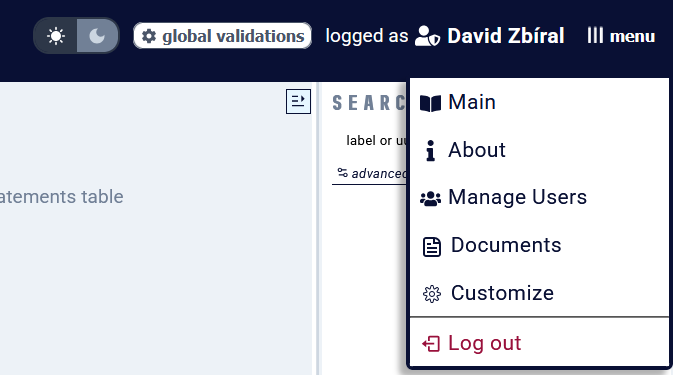Import full-text document and link it to Territory
Before starting to annotate, you need to import a full text in InkVisitor, create a Resource representing this full text, and link it to a Territory. Follow these steps:
1. Give a thought to your data management plan
Annotation is creating an additional, XML-like markup layer over the full-text document. Therefore, you need to think where does the InkVisitor-managed full-text belong in your data management plan. You can always export the full-text with all your annotation (anchors) from InkVisitor, but since the moment you start annotating and making text corrections in InkVisitor, this InkVisitor-managed version should be updated with all enhancements.
Think about your full-text data management plan. Avoid creating two mutually outdated versions in different environments.
2. Clean the text
You will usually want to import the main text of a source, devoid of editorial text (we call it CAFE: Critical Apparatus, Footnotes, Editorial matter).
While you can also make edits in InkVisitor, it is generally good to import full-texts which are ready - with CAFE removed and the text (e.g. OCR) of sufficient quality.
InkVisitor accepts plain text and marked-up text (e.g., XML).
The characters "<" and ">" are reserved markup delimiters and must not be used for anything else.
3. Import the full text
Open the document component from the menu (top right corner).
Here, press Upload document, locate the file on your drives and confirm. Your document will be uploaded.
4. Create a Resource entity representing this document
. Annotate
InkVisitor is meant for annotation of digital texts, not images (e.g., manuscript reproductions). If you need that, use a different annotation software.
Export

